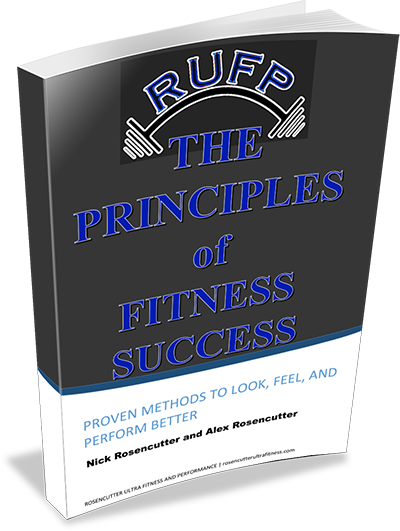If you have been exposed to any type of movement or postural training, you undoubtedly know at least to a certain extent that “being tall” and having open shoulders are important when pushing or pulling or in many cases, standing or sitting posture. Exercises such as rows, w’s, pull aparts, etc. train our upper and mid back muscles such as the mid and low traps and rhomboids to become stronger and more endurable so that we can have more opening in our anterior shoulder region. You essentially train this “opening” with these exercises. While this is generally a great idea for many people, a common mistake that is often made is substituting posterior rib tilt for scapular retraction (pulling the shoulder blades together). In a failed attempt or an exaggerated attempt to open the front of the shoulders up, people will tilt their ribs back and overextend their lower and mid backs instead of simply driving their shoulder blades together and opening the chest up. I especially see this with many high school athletes that I work with.
This should be watched for with many exercises and positions. The cue “big chest” can sometimes work but many times can lead to the rib tilt just discussed instead of simply opening the anterior shoulders up. “Be tall” tends to work better when fixing this problem. This carries over to squats, standing posture and many things in between. Next time you are thinking of fixing that shoulder posture: Be tall and open those shoulders up but don’t get too crazy and crush your low back. One final thought: If someone has no flexion in their thoracic spine, their scapula will be unstable until you restore that flexion so “shoulder opening” exercises won’t help as much until that happens.
Below are a video of a Band W with level ribs and then a Band W with posterior rib tilt . As I mentioned, this is a compensation you want to be aware of with many exercises, movements and positions. Take note and your posture, movement and strength will improve. Other example vids can be found here: proper position and improper position.

